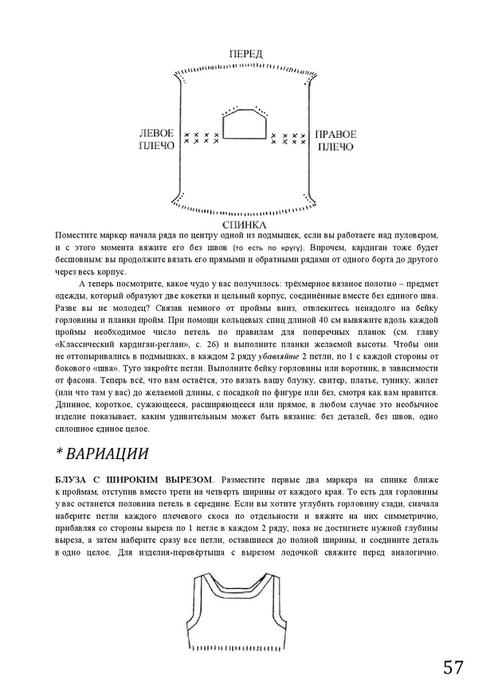 Genre Comment by so good 2017-11-15T08:21:10Z Comment by i just love it 2016-10-07T18:10:56Z Comment by gallan pink ya.;) 2015-01-10T15:18:21Z Comment by yo yo honey Singh;3 2014-08-05T06:01:56Z Comment by awsum song 2014-08-02T15:29:42Z Comment by awsom'*'*'*'* 2014-07-05T12:36:24Z Comment by sweet.
Genre Comment by so good 2017-11-15T08:21:10Z Comment by i just love it 2016-10-07T18:10:56Z Comment by gallan pink ya.;) 2015-01-10T15:18:21Z Comment by yo yo honey Singh;3 2014-08-05T06:01:56Z Comment by awsum song 2014-08-02T15:29:42Z Comment by awsom'*'*'*'* 2014-07-05T12:36:24Z Comment by sweet.
Introduction to Simulation and Modeling: Historical Perspective IV. Introduction to Modeling and Simulation Systems A. Historical Perspective [SS] Today Simulation is arguably one of the most multifaceted topics that can face an Industrial Engineer in the workplace. It can also be one of the most important to a corporation, regardless of the industry.
 We would like to show you a description here but the site won’t allow us.
We would like to show you a description here but the site won’t allow us.
Quality, safety and productivity are all affected by Simulation, whether the issues occur in the office, on the manufacturing floor, or in a warehouse. This article is focussed towards providing information on the development of Industrial Process Simulation from the stage of infancy to the current stage where it is used as a powerful tool for increasing the competitiveness and profits of the company [5]. Simulation is extensively being used as a tool to increase the production capacity.

Propisi po gramote dlja detej 5-7 let. Matematicheskie propisi. Uchimsja pisat tsifry. Nefedova E., Uzorova Olga Vasilevna. A takzhe dlja korrektsii napisanija tsifr v nachalnoj shkole. Rabota s propisju sposobstvuet formirovaniju navykov kalligraficheskogo pisma tsifr, uchit sobljudat edinyj orfograficheskij rezhim.
Simulation software used by Cymer Inc. (leading producer of laser illumination sources), increased the production capacity from 5 units/month at the beginning of 1999 to 45/month at the end of 1999, an increase by around 400% [5]. Visualization and graphics have undoubtedly made a huge impact on all simulation companies. Easy-to-use modeling has resulted in low-priced packages that would have been unthinkable just a few years ago.

The Simulation technology has shot up in value to other related industries. The Simulation industry is coming of age and is no longer just the domain of academics. This article provides insight into the working environment and intellectual and managerial attitudes during the formative period of simulation development. It also suggests a basis for comparison with the current practices. The history of computer simulation dates back to World War II when two mathematicians Jon Von Neumann and Stanislaw Ulam were faced with the puzzling problem of behavior of neutrons. Hit and trial experimentation were too costly and the problem was too complicated for analysis.
Hence, the Roulette wheel technique was suggested by the mathematicians. The basic data regarding the occurrence of various events were known, into which the probabilities of separate events were merged in a step by step analysis to predict the outcome of the whole sequence of events. With the remarkable success of the techniques on neutron problem, it soon became popular and found many applications in the business and industry [1]. This was a time, in the post-war world, when new technologies, developed for military purposes during the war, began to emerge as new problem-solving tools in the world at large. At that time the field of computing was divided into two approaches: analog and digital.
Analog computers were particularly suitable for problems requiring the solution of differential equations. Analog computers used electronic DC amplifiers configured as integrators and summers with a variety of non-linear, electronic and Electro-mechanicalComponents for multiplication, division, function generation, etc. These units were manually interconnected so as to produce a system that obeyed the differential equations under study. A great deal of ingenuity was often necessary in order to produce accurate, stable solutions. The electronics used vacuum tubes (valves), as did the early digitalcomputers. The transistor was still some years in the future [3].
In the late ‘40s and early ‘50s, commercially designed computers, both analog and digital started to appear in a number of organizations. Unsuspecting members of the technical staffs of these organizations suddenly found themselves responsible for figuring out how to use these electronic monsters and apply them to the problems of the day. One such engineer, working at the Naval Air Missile Test Center at Point Mugu on the California coast north of Los Angeles, was John McLeod, who took delivery of a new analog computer sometime in 1952. John was not the only engineer in the aerospace community in Southern California facing the same problems, and a few of them decided to get together as an informal user group to exchange ideas and experiences [3]. Computer simulation was not a useful tool in the 1950s.Simulation took too long to get results, needed too many skilled people, and as a result cost a considerable amount in both personnel and computer time. And most disheartening, results were often ambiguous. One example is the attempt to model the field data for peak periods in case of telephone systems.